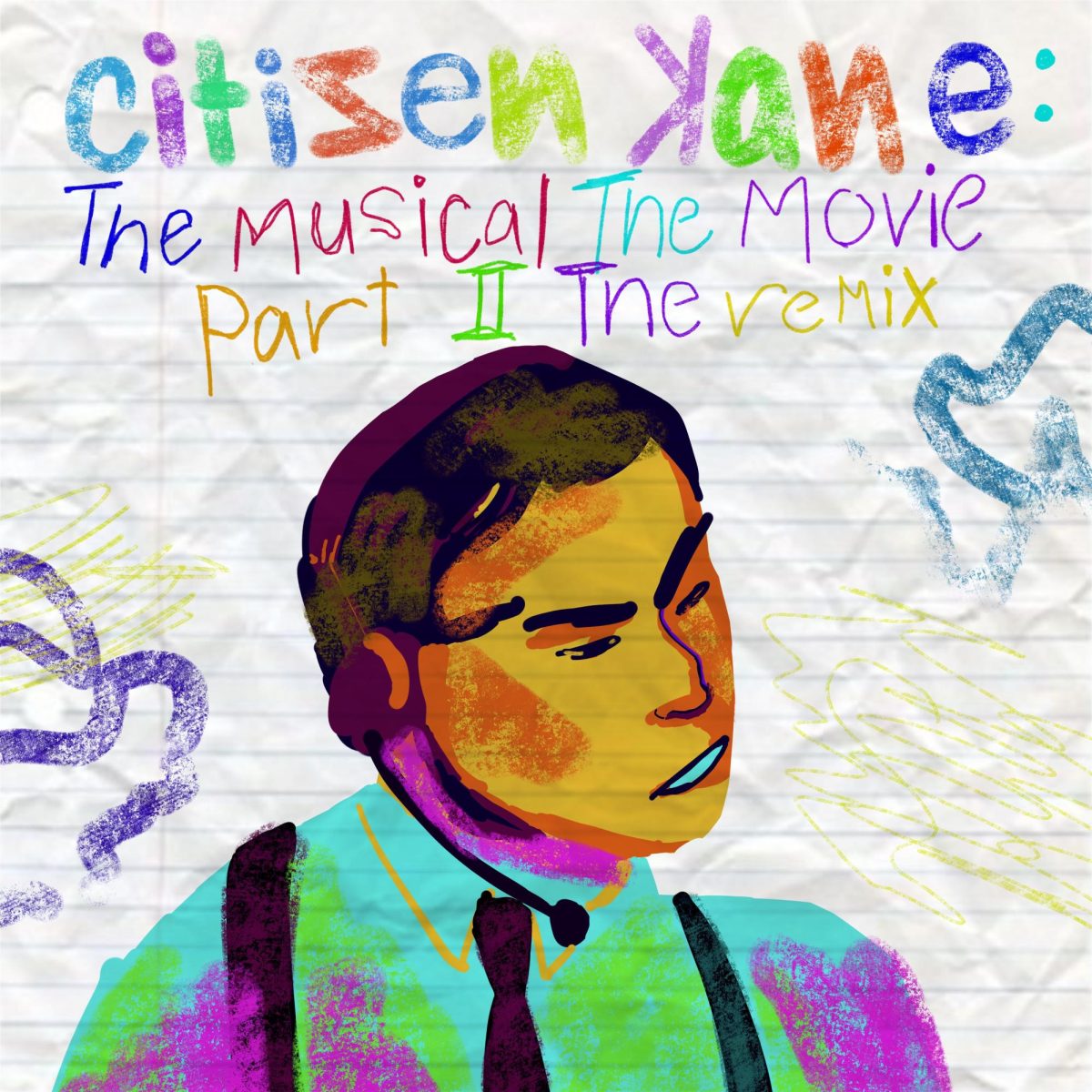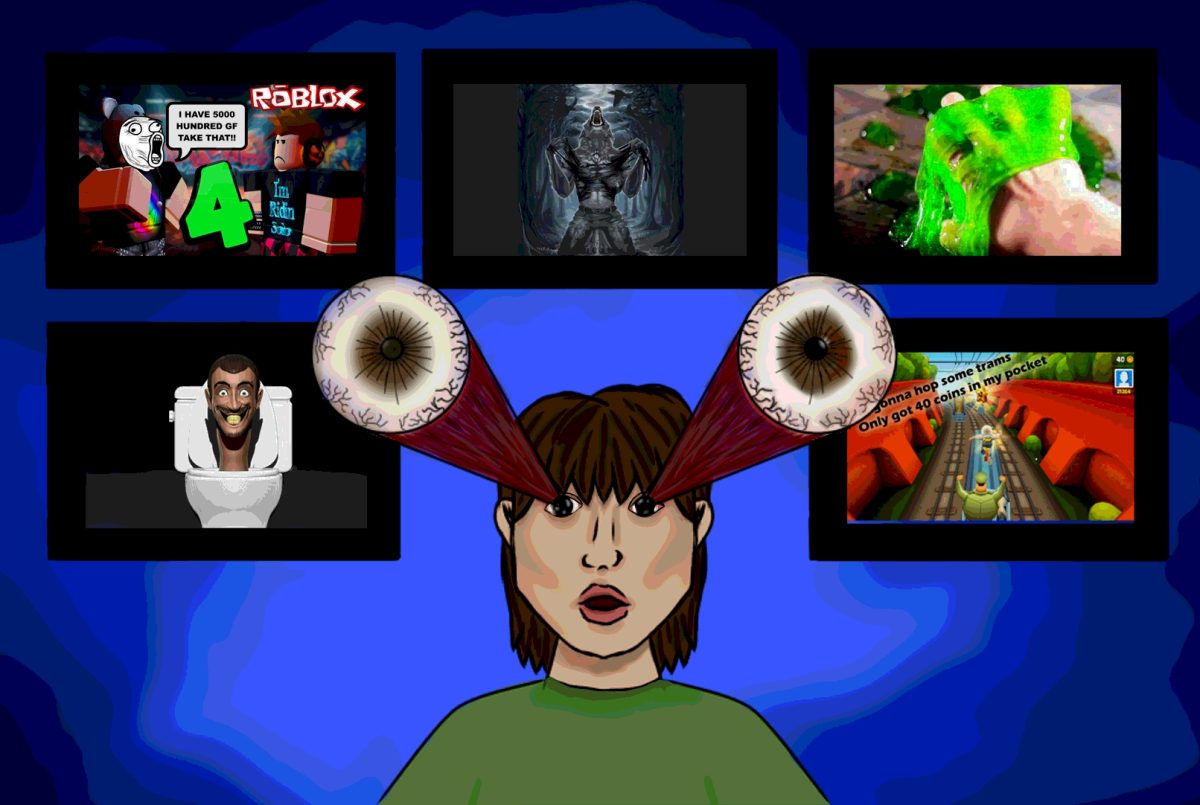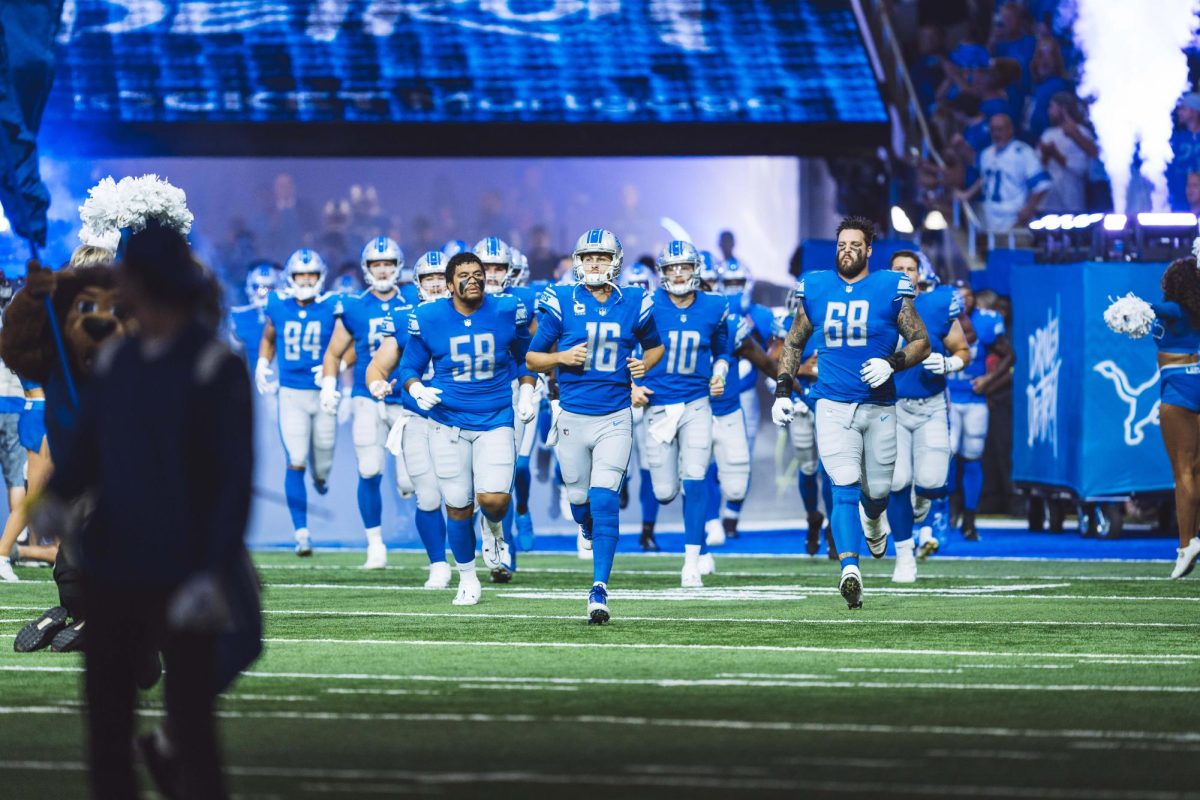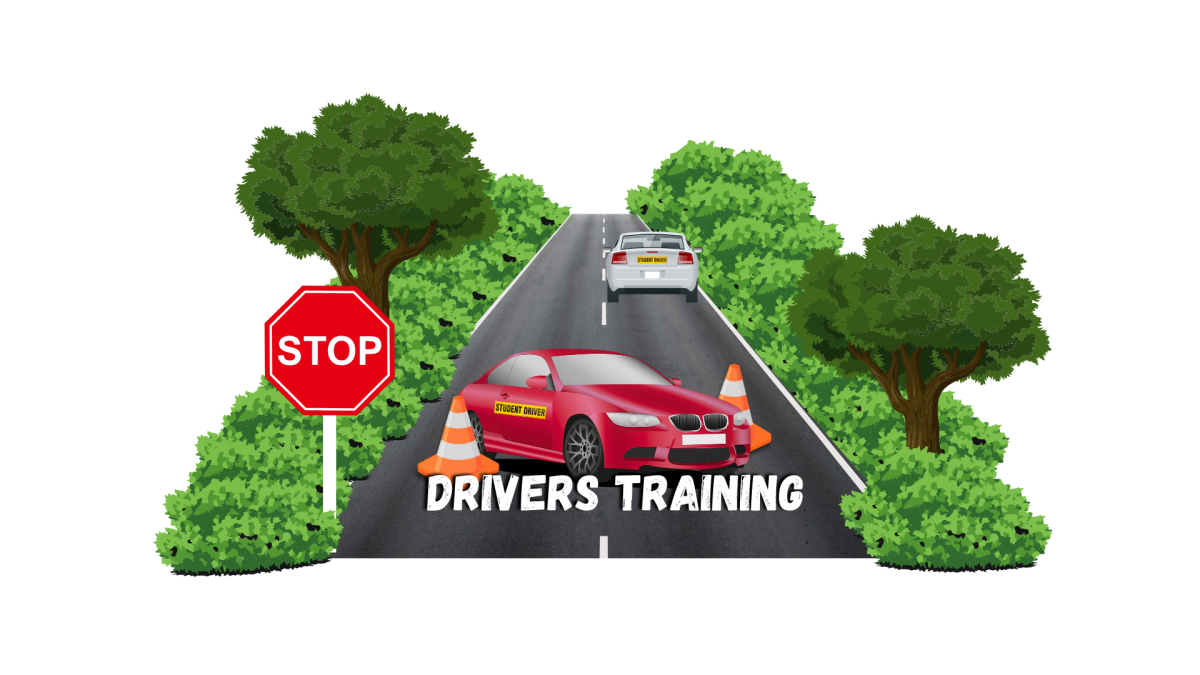By Kinsey Skjold

You’re waiting at a bus stop. You have been waiting for the past ten minutes. It’s a brisk winter day; a sharp wind cuts through your various layers, and the frosted grass crunches beneath your shoes. The bus isn’t scheduled to arrive for another ten minutes, but all you can do is stand in the cold, and wait.
More expectant passengers join you as you wait the remaining minutes. However, the bus runs late, per usual, and you spend seven extra minutes in the biting wind before the bus slows to a stop in front of you. Everyone clambers on, and you pay the customary $2.00 fee before fighting to find an open seat. The bus route won’t take you directly to your house, so at the closest stop, you exit and brave the cold once again. It’s an eight minute walk to your house according to GPS, so you don’t waste time.
This situation is commonplace for many people in the United States who, instead of driving a car to get around, take public transportation. It pertains to teenagers as well, as many students in high school catch the city bus instead of catching a ride on school buses or other alternatives. However the system is often unreliable, for example buses arrive late, routes often don’t venture into suburban areas, and, when traversing greater distances by train, there are long waits in between departures.
More recently, there has been a rise in popularity for car services like Uber or Lyft. Both Uber and Lyft are companies that provide people with a reliable ride that will venture basically anywhere a customer could want to go. The inconsistency of the transit system pushes people to rely on these other forms of transportation.
According to the article “Charting Public Transit’s Decline” from the Cato Institute, the per capita public transportation ridership was at its peak in 1920 with 287 trips per urban resident, and have since fallen to 38 trips in 2017.
The public transportation system in the United States was the leading order in the world in the late 1800s and early 1900s. Trains carried eager settlers out to rapidly expanding frontier cities and transported crops to the East coast cities to be manufactured and returned to markets.
However, in more recent years, the system has fallen below an acceptable standard. Compared to countries such as Hong Kong and Switzerland, the public transportation system in the United States is immensely inadequate, and should be updated to match the standards of the forever maturing and developing country it serves.
Public transportation is a system of trains, buses and subways that are open to the public and operate at fixed times. In the United States, the cost of mass transit is often too high a price for the limited service it provides, especially for those who can’t afford cars, and the lengthy periods between departures make for inconvenient journeys.
According to the article, “Why Did America Give Up on Mass Transit? (Don’t Blame Cars.)” from CityLab, the fall of transportation popularity directly correlates to the decreasing quality of service provided by the companies in charge.
“Once cars arrived, nearly every U.S. transit agency slashed service to cut costs, instead of improving service to stay competitive. This drove even more riders away, producing a vicious cycle that led to the point where today, few Americans with a viable alternative ride buses or trains,” writes Jonathan English in the CityLab article.
Some may claim that the mass transit network in the United States is perfectly agreeable and adequate for the people. In contrast, the media has provided a comprehensive view of the transportation in other countries, highlighting their obvious superiority over our own system. For example, Hong Kong has the best system of transportation in the world. The transportation system in Hong Kong is run by the MTR, or Mass Transit Railway, which covers all of the major districts in the city. Trains and buses run seven days a week and continue running from early morning to late at night. Costs are low considering the value of service provided, and trains and buses often run every few minutes. The United States should adopt these services to improve our own system.
Although Hong Kong has a relatively recent start in modern transportation systems, it has surpassed the efficiency of any other nation. The MTR uses a system that is easily accessible by everyone, catering specifically to the urban areas where a majority of the population reside.
Comparatively, our own population is spread between rural, suburban, and urban populations, so realistically, transportation should be available in all of these respective areas, but our system generally only provides transportation to large urban areas and a few suburban neighborhoods, so only some people have access to public transportation in close proximity to their homes. In Hong Kong, operating costs are reduced and mobility increased, which draws in new passengers. The new passengers’ funds are used to improve the service on the rails and buses, which brings in even more passengers. It is a cycle of prosperity. In the U.S. we offer expensive fares for operating times that are inconvenient to anyone in a hurry, and as a result, our system is flawed. Hong Kong knows that an effective transportation system improves the overall health of the city, and their goals are greater than simply monopolizing the transportation industry without a care for its passengers, as many cities in the United States commonly do.
It would greatly improve transport in the United States if we took a leaf out of Hong Kong’s book and adopted at least some of their measures and standards of public transportation.
Categories:
The United States Should Follow the Lead of Hong Kong and Provide Better Public Transportation
April 26, 2019
0
Tags:
More to Discover







